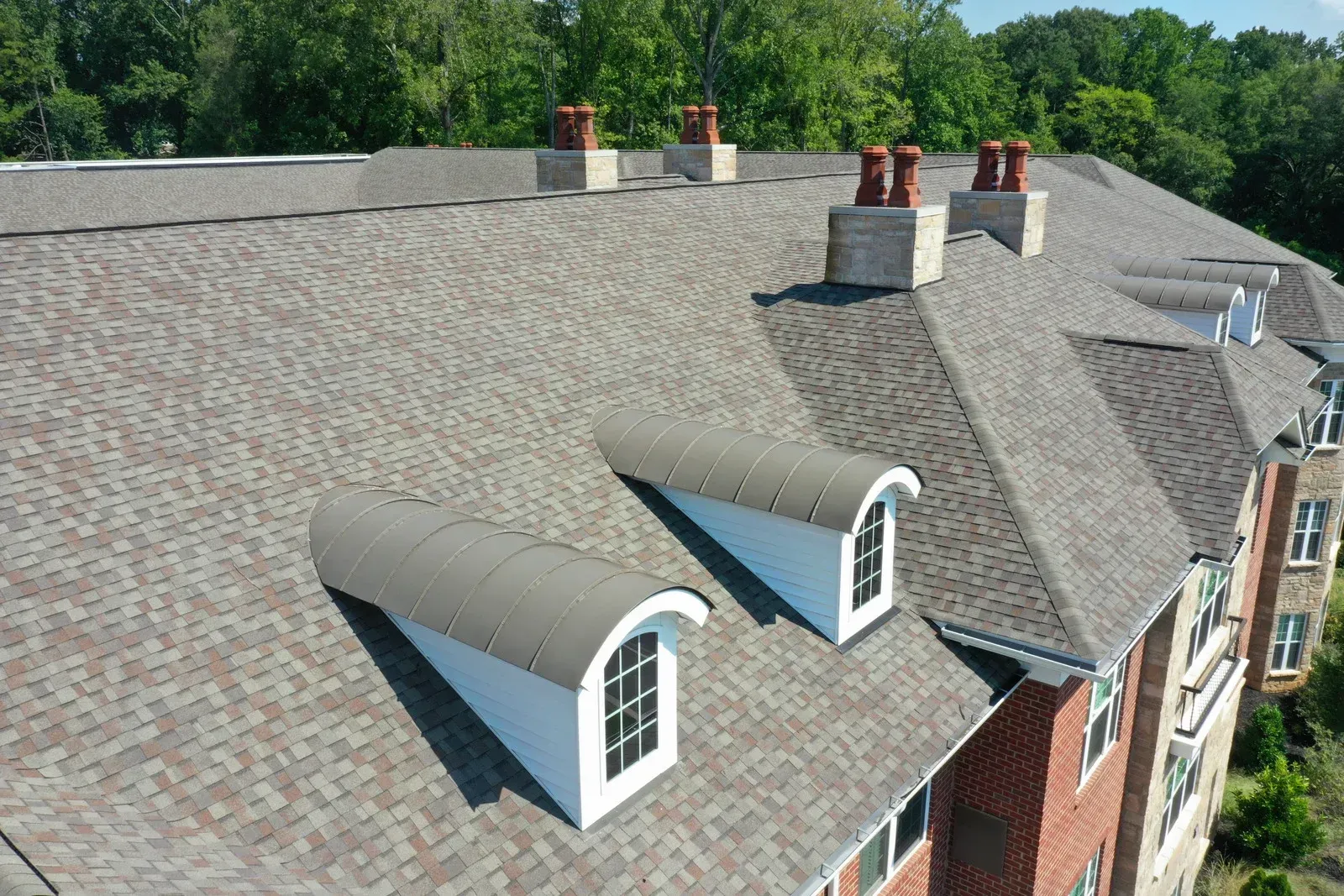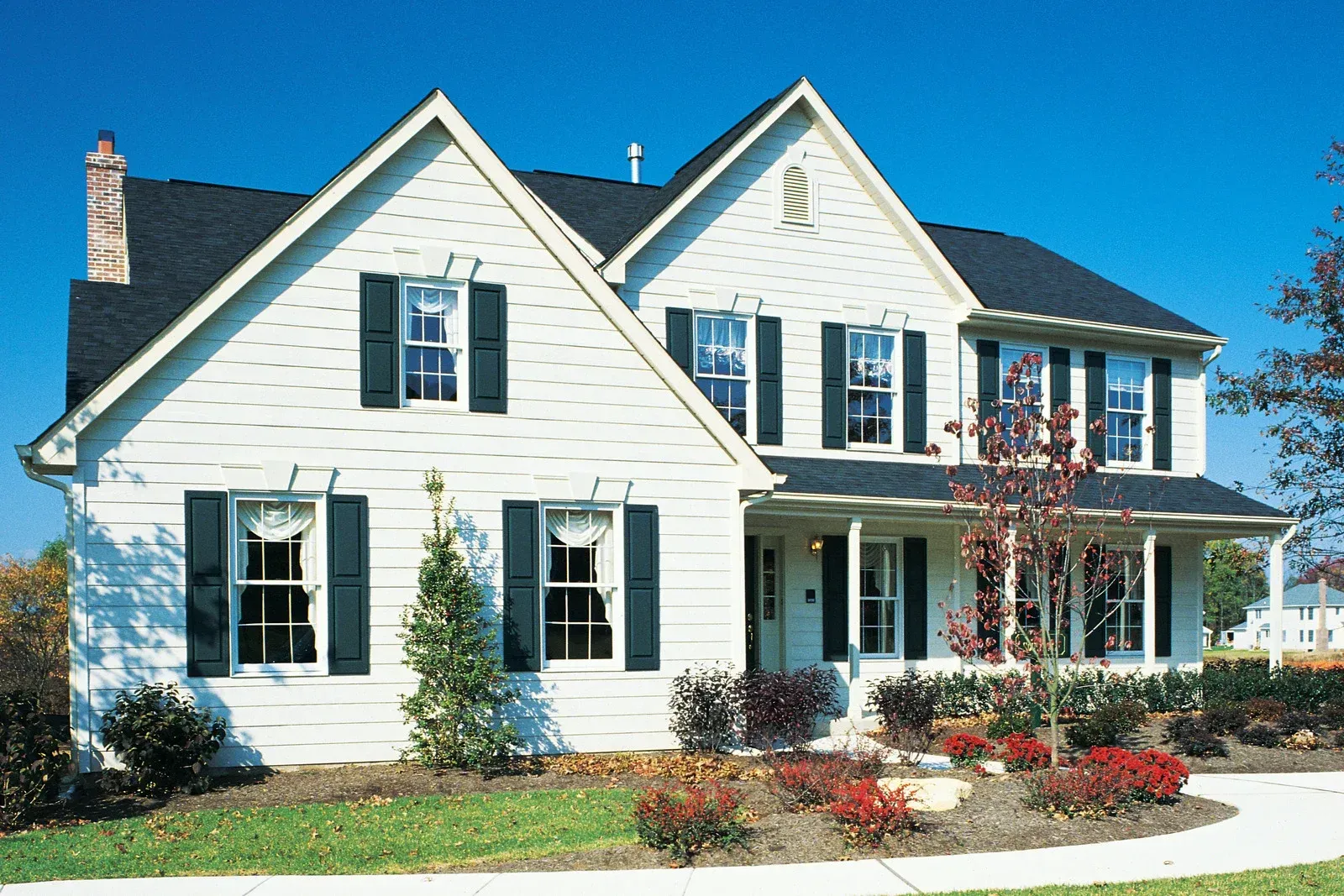How to Choose the Best Roofing Material for Your Climate
Choosing the right roofing material is essential for your home. The roof protects you from various weather conditions and plays a significant role in your home's energy efficiency. Different climates require different roofing materials. For example, materials that work well in hot and sunny areas may not be suitable for cold and snowy regions. Understanding how climate influences your roofing choice is vital. In this guide, we will explore various roofing materials and their best uses for different climates.
Understand Your Climate
The first step is to be familiar with the climate in which you reside. You should determine whether your area is hot, cold, wet, or dry. Each climate comes with its specific challenges. Hot climates need materials that reflect sunlight, and cold climates require materials that can endure snow and ice. Wet climates need non-permeable materials. Considering these factors can help you make an informed choice.
Popular Roofing Materials
Professional painting contractors know what they are doing when painting is concerned. They prepare the area well before applying the very first coat. They will also do proper sanding, cleaning, and patching before the painting process starts. All this will allow the paint to stay and perform better. When the house is painted professionally, you get a finish that stays vibrant.
Asphalt Shingles
Asphalt shingles are flexible and easily available in a wide range of colors. They work well in most areas. Asphalt shingles reflect more sunlight in the warm climates. In colder climates, they insulate well. Also, they are affordable and relatively easy to install. However, their lifespan might be relatively shorter in extreme weather. Consider their durability when making your choice.
Metal Roofing
Metal roofing is very strong and durable. It stands up well to heavy rain, snow, and strong winds. This material reflects heat, which makes it ideal for warm climatic conditions. A metal roof will not rot nor warp. However, they can create noise during rainstorms and require proper insulation. You need to take into account these things when it comes to metal roofing.
Clay Tiles
Clay tiles provide a unique aesthetic and excellent durability. They excel in hot climates by reflecting sunlight effectively. These tiles allow for good ventilation, helping to keep your home cool. However, clay tiles can be heavy, so it is important that your roof structure can support them. They also perform well in dry climates, but can crack in cold weather. Evaluate your local temperatures before choosing this option.
Slate Roofing
Slate roofs deliver elegance and longevity. They can last for decades, which makes them a solid investment. Slate handles extreme weather, including heavy snow and rain, with ease. Additionally, slate is fire-resistant, adding another layer of safety. However, this material can be costly and requires professional installation. If your budget permits, slate can be an excellent roofing choice.
Wood Shingles
Wood shingles create a natural look for your roof. They work best in moderate climates but may not be ideal for extreme weather. Wood can absorb moisture, which leads to mold and decay in wet conditions. If you live in a rainy area, consider treated wood or alternative materials. Regular maintenance helps extend the life of wood shingles.
Local Building Codes and Regulations
Before selecting roofing material, check local building codes. Some areas have restrictions on specific materials. A choice that aligns with these regulations can save you time and money later on.
Choosing the best roofing material involves understanding your climate. Each material has its strengths and weaknesses. Factors like durability, insulation, and local regulations play a significant role in your decision. Take the time to research and ask questions. Your roof is a crucial part of your home, so selecting wisely will provide protection and meet your needs.




